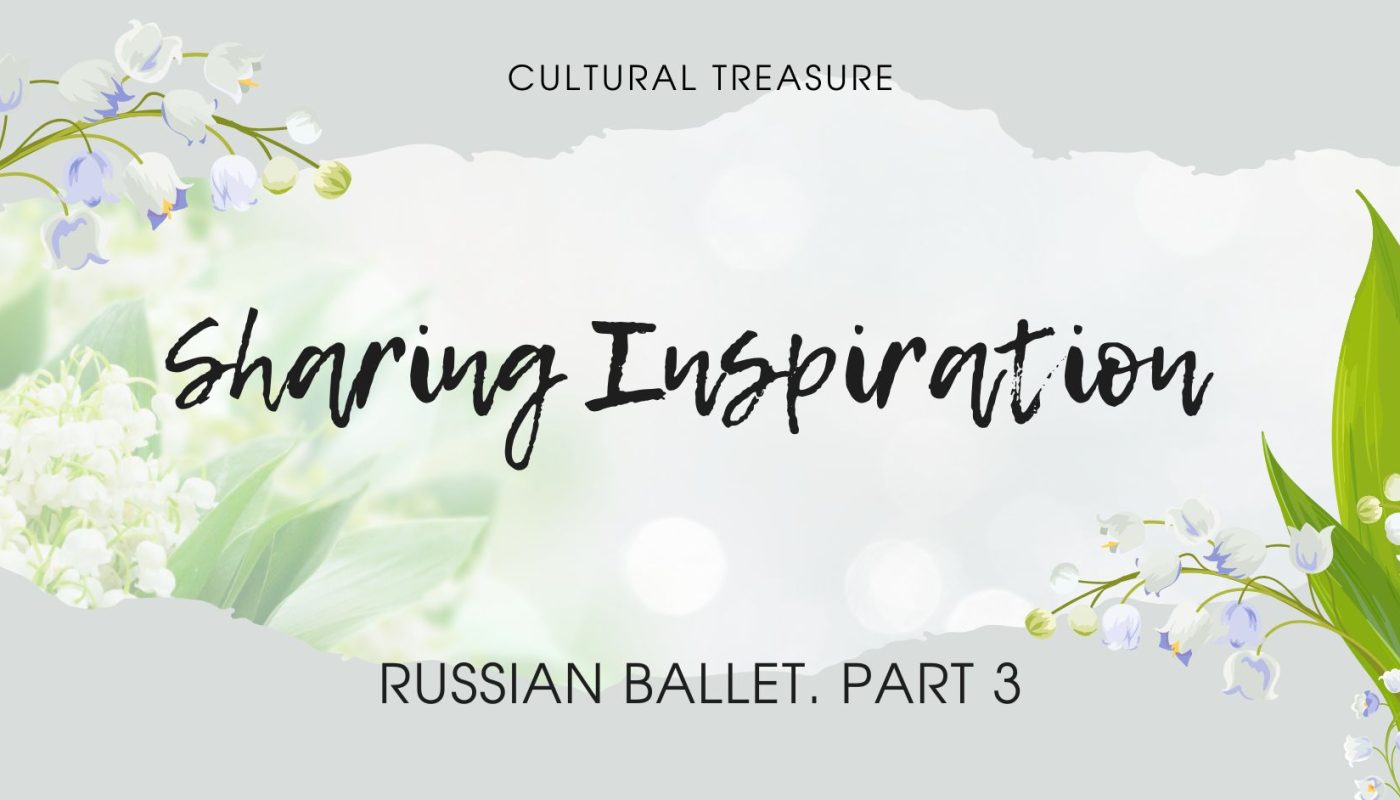The most famous love story in Russian Ballet and Imperial court.
And the star of this story is the Prima ballerina of the Saint Petersburg Imperial Theatres Mathilda Kschessinskaya.
Mathilda-Marie Feliksovna Kschessinskaya, performed at the Imperial Mariinsky Theatre of Saint Petersburg with the renowned Imperial Ballet, also known as Princess Romanovskaya-Krasinskaya after her marriage. Born in Russia in 1872 in the family of noble Polish dancer Krzesiński. She was a mistress of the future Tsar Nicholas II of Russia prior to his marriage, and later the wife of his cousin Grand Duke Andrei Vladimirovich of Russia.
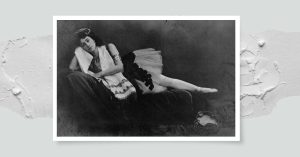
In 1896, Mathilda obtained the rank of Prima ballerina of the Saint Petersburg Imperial Theatres. The old maestro Marius Petipa did not consent to Kschessinskaya receiving such a title and although she possessed an extraordinary gift as a dancer, she obtained it primarily via her influence at the Imperial Russian Court.
Kschessinskaya had been involved with the future Nicholas II from 1890, when he was a grand duke and she was just seventeen, having met him in the presence of his family after her graduation performance.
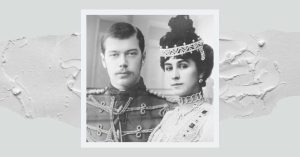
On March 23, 1890, during the final exam, the first meeting of the future Emperor Nicholas II, a phlegmatic and lethargic young man, with a cheerful and cheerful Polish woman took place. Everything happened with the approval of members of the royal family, from Emperor Alexander III, who organized this acquaintance and ended with Empress Maria Fedorovna, who still wanted her son to become … a man. After the exam, there was a supper, a mutual flirtation between two young people, and years later there was an entry in Kschessinskaya’s memoirs: “When I said goodbye to the Heir, a feeling of attraction to each other had already crept into his soul, as well as into mine.”
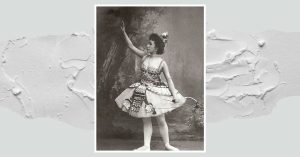
Their truly serious relationship began only two years later, after the heir came home to Matilda Kschessinskaya, under the name of the hussar Volkov. Notes, letters and … gifts, truly royal. The first was a gold bracelet with large sapphires and two diamonds, on which Matilda engraved two dates – 1890 and 1892 – the first meeting and the first visit to her home. But … their love was doomed and after April 7, 1894, when the engagement of the Tsarevich to Alice of Gesse was officially announced, Nikolai never came to Matilda again. However, as you know, he allowed her to contact him in letters to “you” and promised to help her with everything if she needs help.
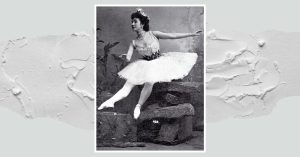
But … as they say, a holy place is never empty: “In my grief and despair, I was not left alone. Grand Duke Sergei Mikhailovich, with whom I became friends from the day when the heir first brought him to me, stayed with me and supported me I have never experienced feelings for him that could be compared with my feelings for Niki, but with all his attitude he won my heart, and I sincerely fell in love with him, “Matilda Kschessinskaya wrote later in her memoirs. She fell in love … but quickly and again … Romanov.
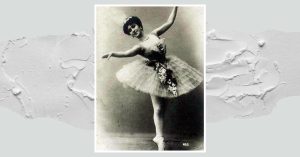
And it’s not surprising that her career went uphill. She became prima of the Mariinsky Theater and virtually the entire repertoire was built for her. Yes, her contemporaries did not refuse to recognize her talent, but latently everyone understood that this talent made its way to the top not with the help of a terrible struggle for existence, but in a somewhat different way.
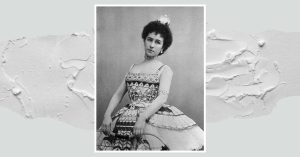
After the October Revolution, Kschessinskaya moved first to the French Riviera and then to Paris, where she married, in 1921, one of the tsar’s cousins, Grand Duke Andrei Vladimirovich of Russia, the possible father of her son Vova. Although Kschessinskaya’s life in Paris was modest compared with the lavish life she had enjoyed in Russia, she lived on happily for over 50 years. In 1925, she converted from Catholicism to Russian Orthodoxy and took the name, Maria. In 1929, she opened her own ballet school, where she taught such students as Dame Margot Fonteyn, Dame Alicia Markova, André Eglevsky, Tatiana Riabouchinska, Tamara Toumanova, Mona Inglesby and Maurice Béjart. She performed for the last time at the age of 64, for a charity event with The Royal Ballet at Covent Garden.
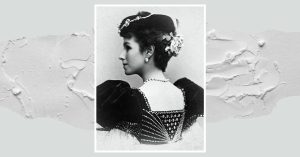
In 1960, she published an autobiography entitled Souvenirs de la Kschessinska (published in English as Dancing in St. Petersburg: The Memoirs of Kschessinska). In later years, she suffered financial difficulties but remained indomitable. She died in Paris, in her 100th year. She is buried at the Sainte-Genevieve-des-Bois Russian Cemetery with her husband and son.
How did you like the post? SURVEY
________________________________________________________________________________
More inspiration you can find on my Instagram @atlas_of_inspiration
________________________________________________________________________________
All posts:
Sharing Inspiration. Introduction
Sharing Inspiration. The World of Fabergé. Part 1
Sharing Inspiration. The World of Fabergé. Part 2
Sharing Inspiration. The World of Fabergé. Part 3
Sharing Inspiration. The World of Fabergé. Part 4
Sharing Inspiration. The World of Fabergé. Part 5
Sharing Inspiration. The World of Fabergé. Part 6
Sharing Inspiration. Russian Ballet. Part 1
Sharing Inspiration. Russian Ballet. Part 2
Sharing Inspiration. Russian Ballet. Part 4
Sharing Inspiration. Russian Ballet. Part 5
Sharing Inspiration. Cultural Diversity. Part 1
Sharing Inspiration. Cultural Diversity. Part 2
Sharing Inspiration. Cultural Diversity. Part 3
Sharing Inspiration. Cultural Diversity. Part 4
Sharing Inspiration. Cultural Diversity. Part 5
________________________________________________________________________________
Sources:
